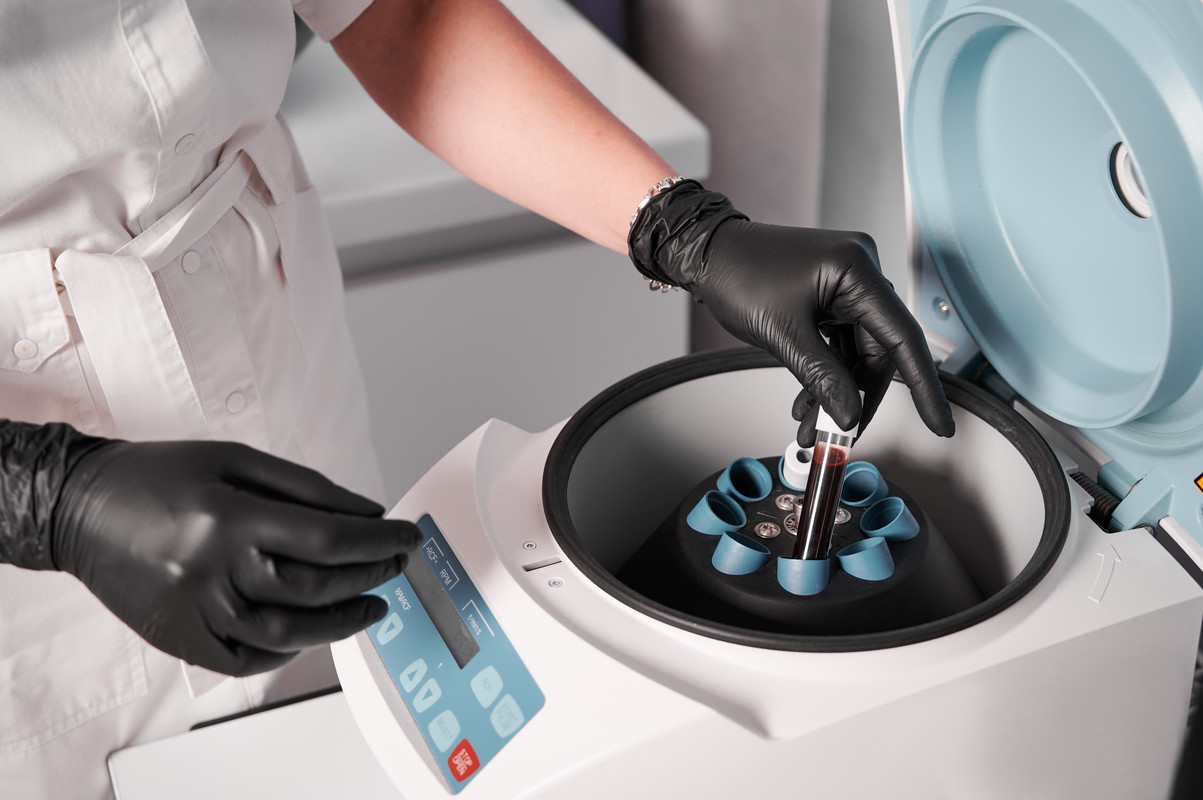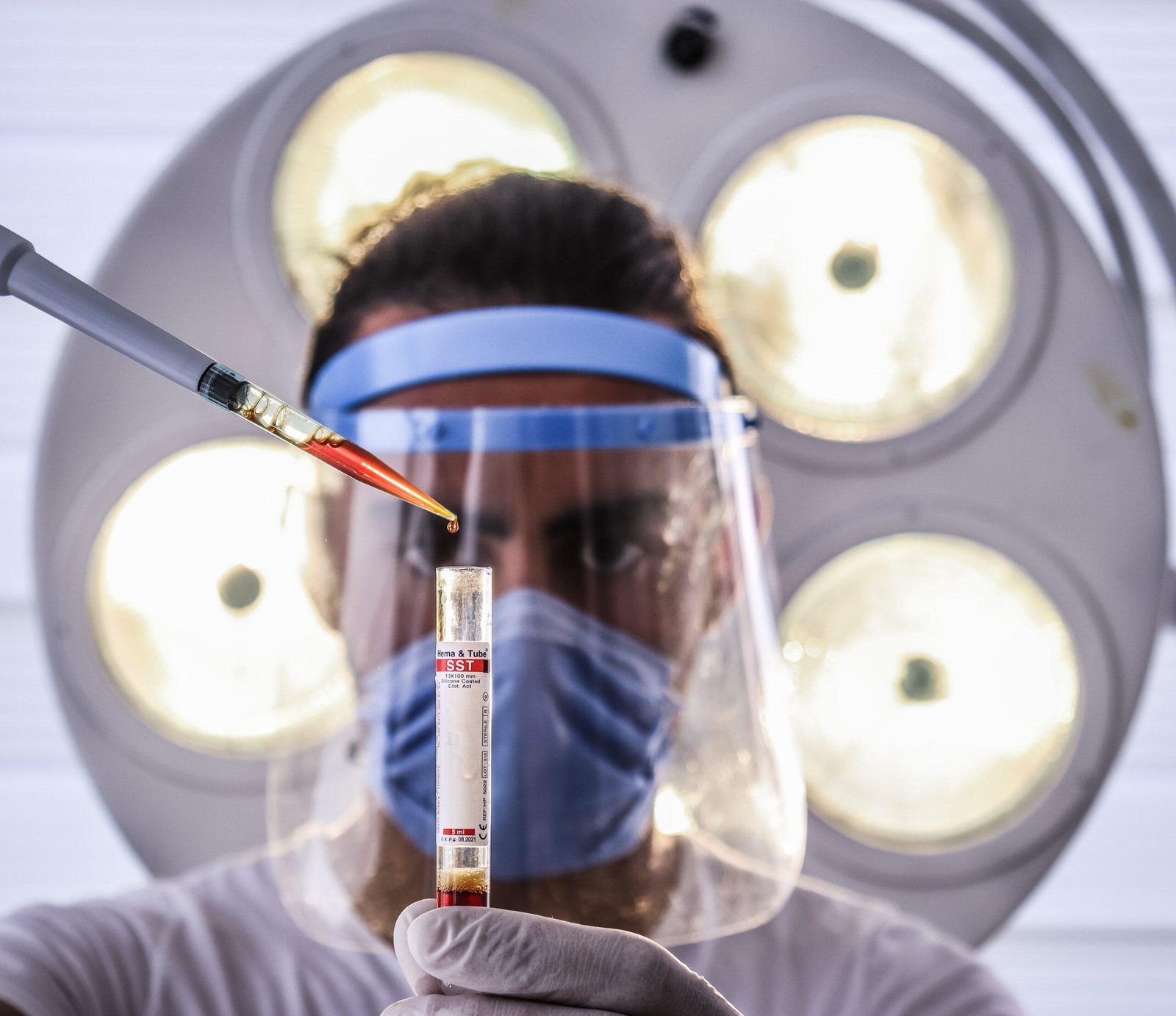Centrifuge Tubes: What Makes Centrifuge Tube So Unique?
Centrifugation – a technique that uses fast rotation around a fixed axis to separate the material into its parts – it is common practice to place liquid samples in centrifuge tubes. The solid or heavier components of the sample can be collected in the conical bottoms of most centrifuge tubes. The centrifuge tubes need to be sturdy enough to resist the centrifugal force generated by the device. Some models’ specs list a maximum rotational speed for use.
What makes Centrifuge Tubes tick?
The centrifuge tube can separate two substances with differing densities. Separating substances of comparable densities is an ideal use, as is removing insoluble particles from a dissolved solution. Common belief holds that centrifuges use centrifugal force. It is the sedimentation concept that underlies the operation of every centrifuge. The sedimentation principle describes the effect of the resulting centripetal force on the rotor and centrifuge tubes due to the rotor’s acceleration. When this happens, the lighter particles are pushed out of their original locations and into the center. Pellets are the popular name for these fragments, while the resulting supernatant is the term for the purified solution.
The acceleration of the centrifuge is an important factor to consider, even if rpm is the standard setting. This is because the diameters of two rotors may be varied while their rotational speeds are the same. Since the acceleration is proportional to the product of the rotor’s radius and the square of its angular momentum, the rotor’s size becomes a significant factor. Therefore, relative centrifugal force, RCF is now the standard unit expressed as g. .

Uses for Centrifuges
Various varieties of centrifuges on the market now allow them to serve various functions.
- Distinguishing between similar-density mixes
- Distill incompatible substances apart.
- Solids in suspension; sediment
- Distillation of Isotopes
- Space travelers’ access to gravity-replicating laboratories
- Sorting out the creams
- Spin cycle in a washing machine
- Sludge treatment and separation
- Synthesis of Materials at High Gravity Conditions
The list could go on and on. If you need to separate two different substances, a centrifuge tube is an excellent instrument, except for organic chemistry, where a separating funnel is more effective.
Can You Tell Me About the Different Centrifuges That Exist?
Many centrifuges are available now, with rotor speed and centrifuge size being the two most important considerations. The purpose of these centrifuges in the lab has to be discussed. Standard laboratory centrifuges include all the characteristics above and are the most common. Normal centrifuges, often called floor model centrifuges, are the bigger models typically used in laboratories. Larger rotors and centrifuge tubes mean that these centrifuges can process more material, but they also take up more room than tabletop centrifuges (centrifuge tubes can hold up to 500ml).
Modern floor-standing centrifuges provide a temperature range of -20 degrees Celsius to +40 degrees Celsius, accessible via a built-in refrigeration system as much as the RCF can generate 100,000 g. DNA, RNA, antibodies, viruses, and proteins all benefit greatly from usage in standard centrifuges.
However, a tabletop microcentrifuge or ultracentrifuge is preferable if storage space is limited. The limited capacity of these containers limits their usefulness to situations when just a small amount of material has to be collected. Some benchtop centrifuges include a built-in fridge, although not all do. When working with delicate materials, it is often best to utilize a chilled centrifuge to prevent heat damage induced by the rotor’s spinning. DNA, RNA, protein analysis, and tissue and cell culture are just some of the many uses for benchtop centrifuges.

The RCF of modern microcentrifuges can reach 30,000 g. While most centrifuges can only handle samples between 0.2 and 2.0 ml in volume, some, like the Eppendorf centrifuge, can accommodate much bigger tubes and plates.
Read More: How Technology Is Changing the life
But ultracentrifuges may reach an RCF of 1,000,000 g, making them extremely fast centrifuges (150,000 RPM). There are two types of ultracentrifuges: those designed for preparative use and those designed for analytical use. For example, DNA, RNA, lipoproteins, membranes, organelles, and viruses may all be sediment and separated using a preparative ultracentrifuge. Real-time sample detection is possible with analytical ultracentrifuges. They can determine a molecule’s mass, shape, and equilibrium sedimentation. There are several uses for ultracentrifuges in nanotechnology.
This article has concentrated on laboratory-size centrifuges. However, there are additional types of centrifuges for bigger and industrial scale uses, space, and human applications. While regular laboratory centrifuges are more prevalent, continuous bowl centrifuges do exist.
Conclusion
A centrifuge tube is an excellent container for storing beads or other tiny samples. Even though most centrifuge tubes are only used once, you may save waste and maximize utilization by recycling and reusing tubes that have been thoroughly cleaned. The centrifuge tubes’ quality can be maintained for longer if they are kept at the prescribed storage temperature and humidity. For rust-free storage, put your tubes upright to prevent moisture loss and evaporation.




